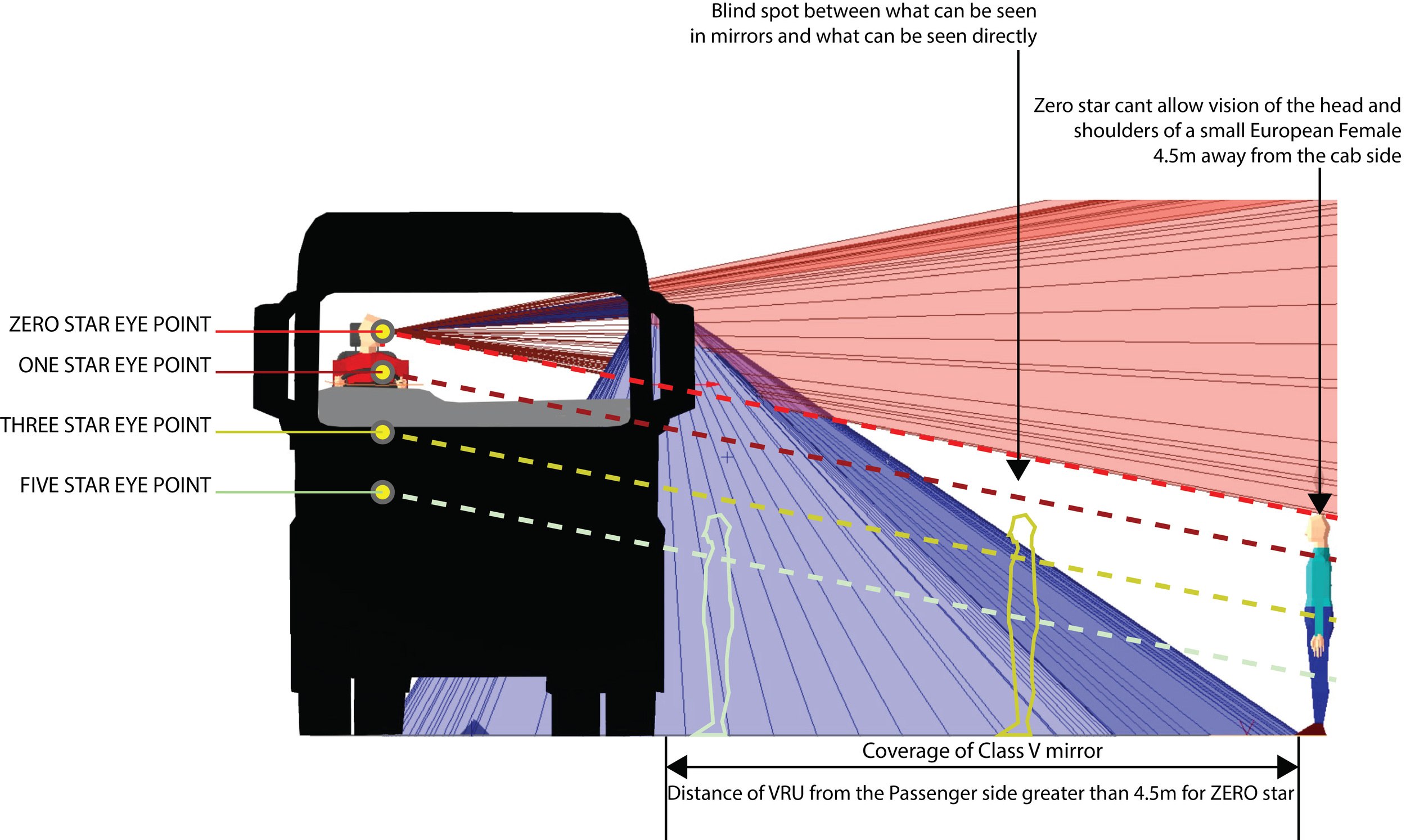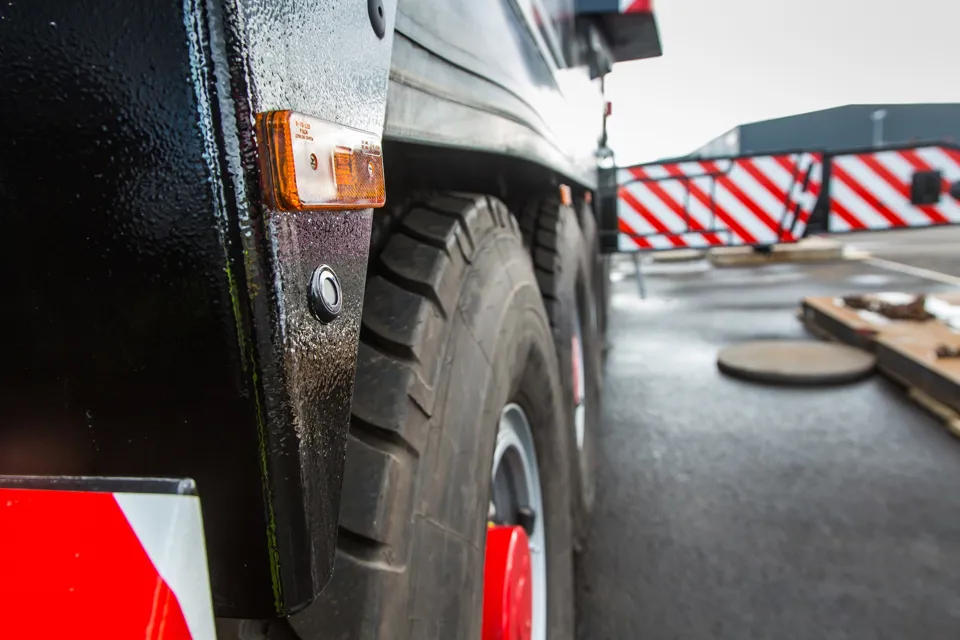Three months after Transport for London (TfL) launched the direct vision standard for lorries across London, new figures show how fleets are adhering to the rules.
TfL's direct vision standard scheme requires operators of HGVs weighing more than 12 tonnes to apply for a free permit that assigns vehicles a star rating based on how much the driver can see directly through their cab windows in order to be able to drive in London.
It is now operating 24 hours a day, seven days a week and is enforced on all roads in London.
Permits are electronic and enforced by Automatic Number Plate Recognition (ANPR) cameras. Those without a permit face a penalty charge notice (PCN) of up to £550 and since March TfL says that around 7,000 PCNs have been issued.
TfL enforcement officers also carry out roadside inspections to check that HGVs are safe and safety measures are in place, resulting in some permits being revoked.
Overall, 136,000 safety permits have been issued to date and almost 70,000 HGVs have been fitted with the safety measures aimed at protecting people walking and cycling.
Christina Calderato, head of transport strategy and planning for TfL, said that in just a few months the direct vision standard had helped to “dramatically improve” the safety of lorries and save lives.
“We want to thank all of the freight operators who have led the way in ensuring they only operate the safest lorries in London and across the UK and we would like to encourage any freight operators who haven’t yet applied for a safety permit to do so,” she said.
“The safety permits are just the first step in our aim to ensure that families don’t experience the tragedy of preventable road collisions involving HGVs and we will be strengthening our life-saving direct vision standards in 2024.”

Introduced with the support of London Councils, the direct vision standard (DVS) forms part of the Mayor of London's Vision Zero plan to eliminate all death and serious injuries from London's streets by 2041.
HGVs rated 1 to 5 stars received their free safety permit automatically upon application. The operators of lorries rated 0-star HGVs operating in London - are required to fit safe systems including: high quality mirrors and side guards; cameras covering blind spots linked to an in-cab display; an audible warning when turning left; motion sensors covering the sides of the HGV at low speeds; and a prominent warning on the back of their vehicle.
Several freight operators including Suez Recycling and Recovery and FM Conway and major projects such as Tideway have introduced 5-star vehicles to London, which provide high levels of direct vision and are the most effective at reducing tragic road deaths and serious injuries.
TfL is working with the EU and other cities to mandate direct vision in vehicle design and safety regulations.

The DVS and Safety Permit scheme is progressive and the standards will tighten in October 2024 when the minimum DVS star rating will be 3-stars and above.
All HGVs below 3-stars will need to feature a progressive safe system that takes into account any additional technology or safety equipment not currently available.
Around 150,000 HGVs enter London each year. The Mayor and TfL want to cut the number of HGVs and vans entering central London in the morning peak by 10% by 2026.






















Login to comment
Comments
No comments have been made yet.